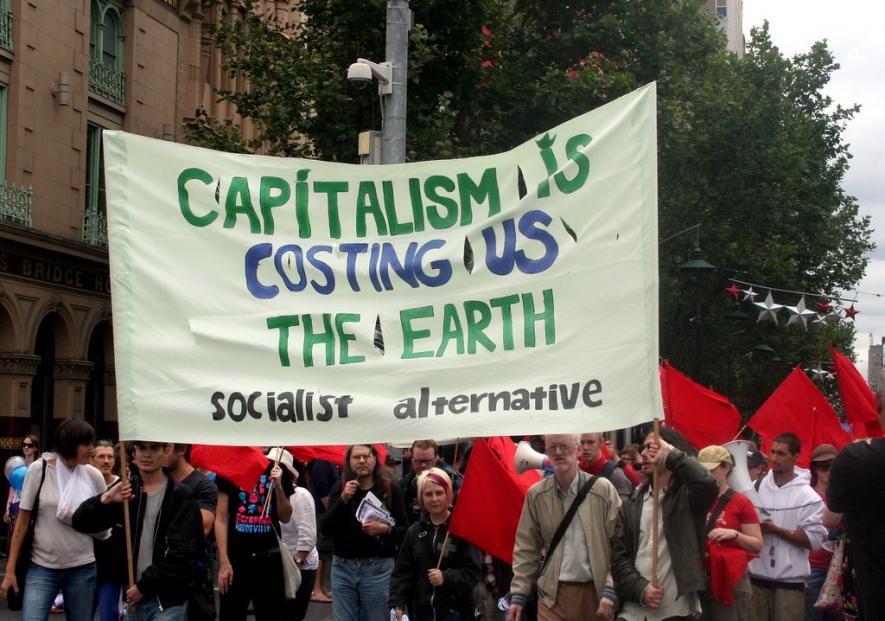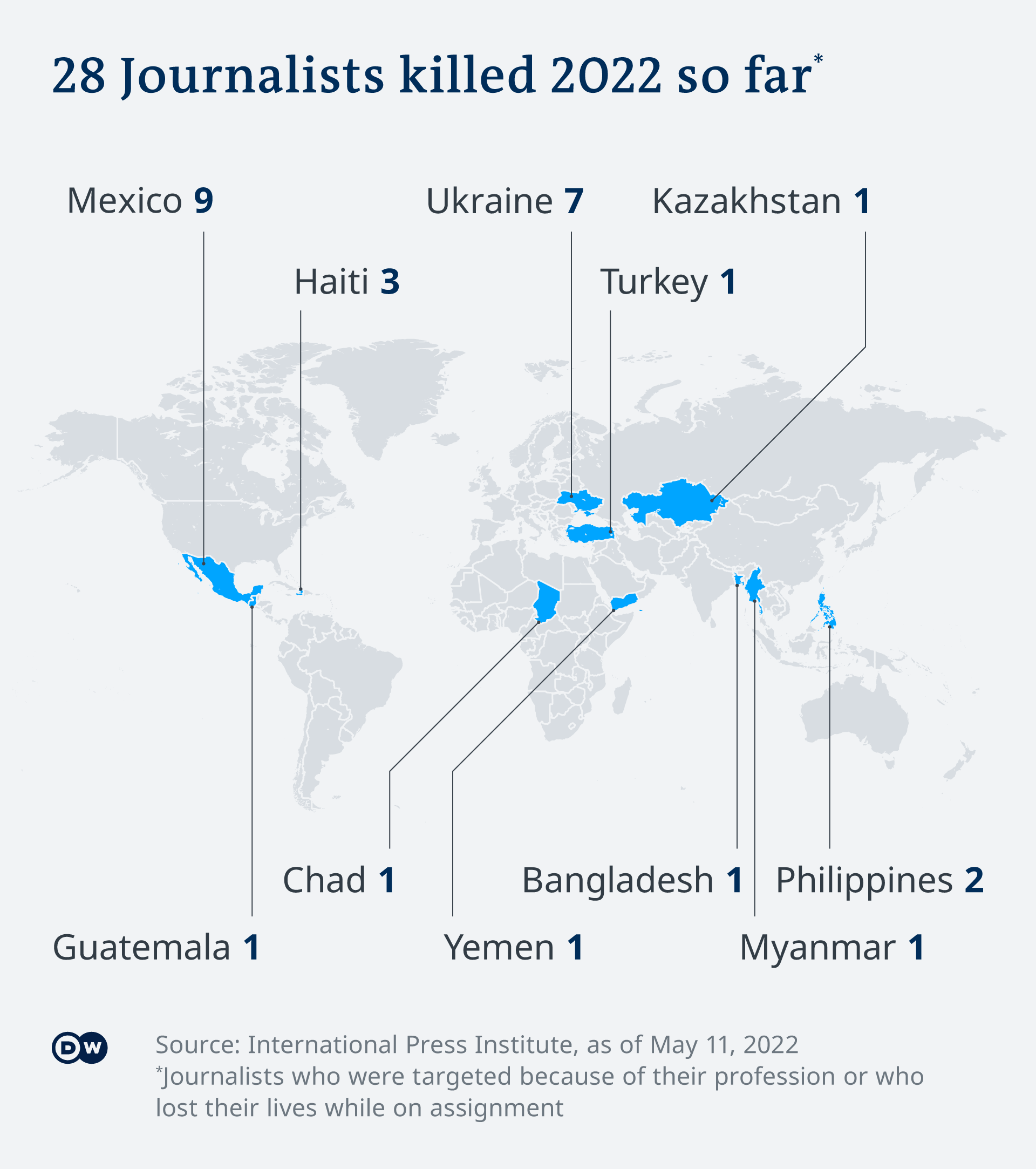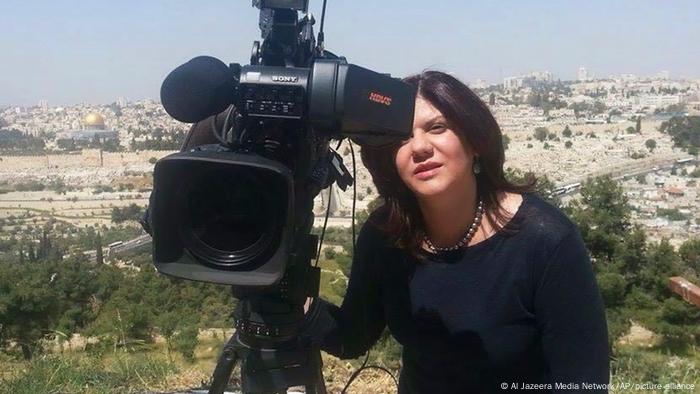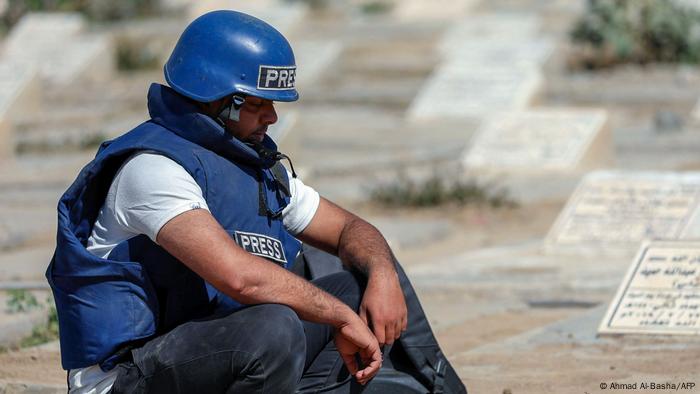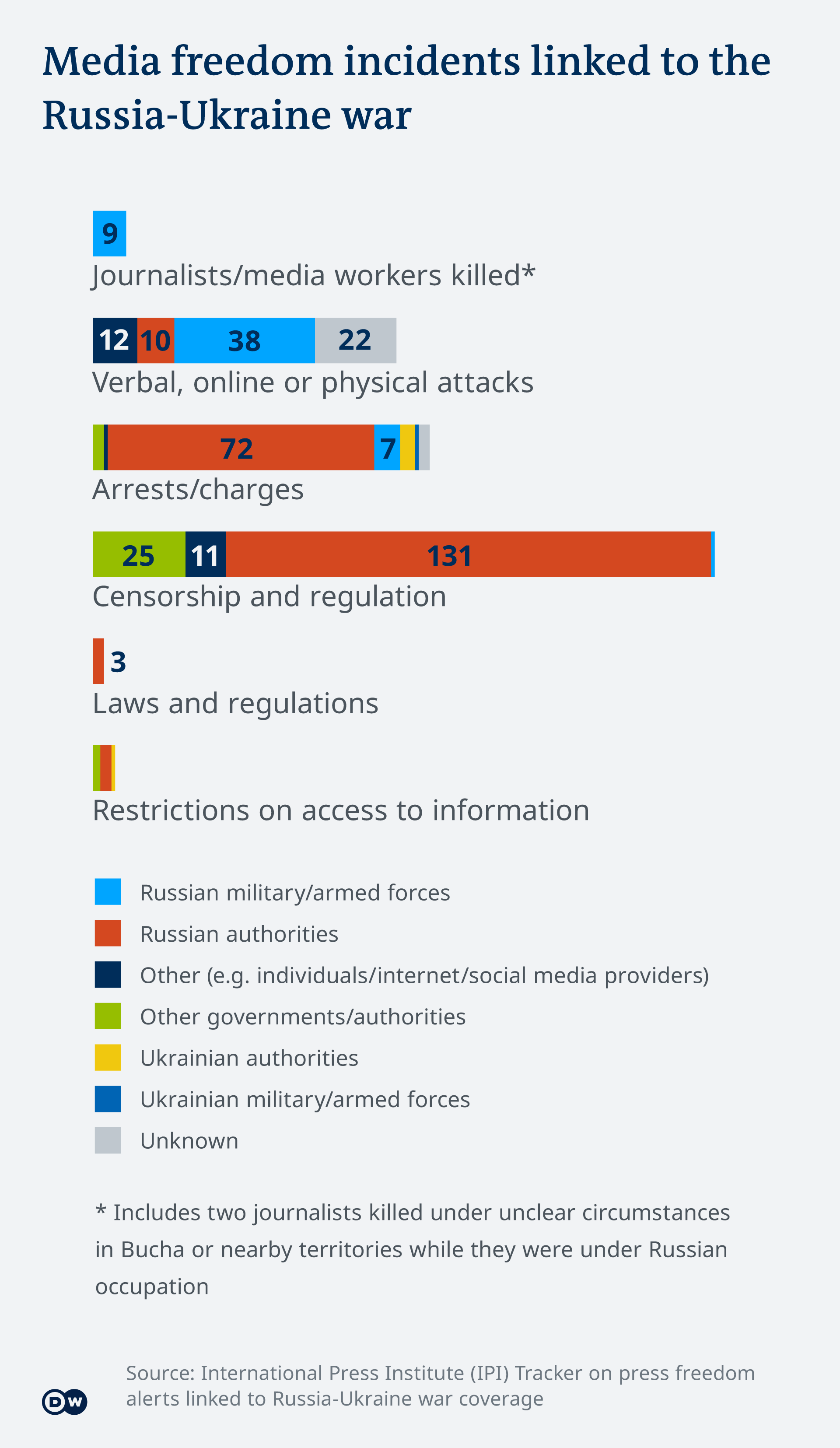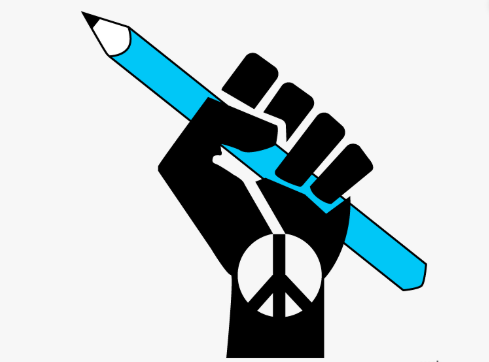Mundka Fire: Should We Expect Justice for Those who Lost Their Loved Ones?
The numerous agencies in the city appear to be quick in initiating a probe to fix responsibility, however, as recent history shows, there is only hope and no guarantee.
Ronak Chhabra
16 May 2022
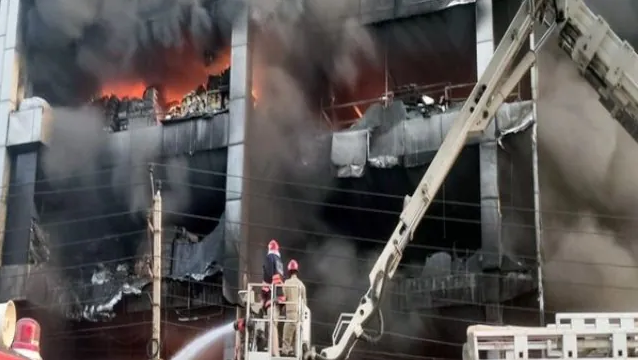
Image Courtesy: ANI
New Delhi: The Mundka factory blaze, which has so far claimed the lives of 27 people while several are still reported to be missing, has brought to the fore the burning controversy surrounding the continuing prevalence of illegal factories on village land in Delhi, the absence of required approvals for the buildings that house them, and overall scant regard for the norms relating to occupational safety of the workers – for yet another time.
Days after a purported short circuit led to an inferno – the worst that the national capital has witnessed in the last three years – in a three-storey building on Rohtak Road in West Delhi’s Mundka, the numerous agencies in the city appear to be quick in initiating a probe to fix responsibility.
On Saturday, the North Delhi Municipal Corporation (NDMC) sought a detailed report, asking the concerned authorities to furnish details on the legality of the said building; the civic body has also ordered detailed surveys in zones that come under its administration, which are tasked to find out within 10 days if any prohibited activity is going on in non-conforming areas.
A magisterial inquiry, to be conducted by the district magistrate (West), which the Delhi government’s home department ordered on Sunday, has received the required approval by Lieutenant Governor Anil Baijal on Sunday. The Delhi Police have registered a case under charges of culpable homicide not amounting to murder, among others, against the two company owners and the property owner – three of whom are arrested as of Monday.
The initial probe has revealed that the “entire building was illegal,” with Delhi Fire Services (DFS) Chief Atul Garg claiming in the media that the factory owners never sought a fire NOC (no objection certificate), nor was their a clearance to the building from the civic authorities. The building that housed a CCTV and WiFi router manufacturing and assembling unit might be on Lal Dora land, according to officials, where commercial activities, apart from those involving small shops, are by and large deemed non-conforming.
And yet, it took the lives of several workers and the heart-wrenching cries of their family members for the above-mentioned agencies to treat the brazen flouting of safety norms and other legal provisions, which proves too costly for those who are made to grind out for a pittance, as a concern.
“The safety of Indian workers is systematically being increasingly jeopardised, as they are forced to make their living working for such firms that have been flourishing and carrying out their production without minimum safety measures,” said the Delhi Chapter of Working Peoples’ Coalition (WPC), a coming together of organisations within the informal sector, in a statement.
More importantly, as pointed out by the platform of Joint Trade Unions in Delhi, the Friday’s fire in Mundka underscores that no lessons from previous such incidents in industrial quarters have been learnt by the Aam Aadmi Party (AAP) – led government in the national capital which, thereby puts its state Labour Minister “directly responsible for the accident.”
To be sure, soaring cases of accidents in industrial and commercial establishments is not a phenomenon that is restricted to a particular city in the country.
In 2021, the Union Labour Ministry informed the Parliament that at least 6,500 employees died on duty at factory ports, mines, and construction sites in the last five years, with over 80% of the fatalities reported in factory settings between 2014 and 2018. Factory deaths rose by 20% between 2017 and 2018. While, an average of seven industrial accidents per month were reported across the country in 2021, according to the estimates published by Geneva-based IndustriAll Global Union.
As for Delhi, the same organisation reported last year that the national capital recorded the highest number of industrial accidents in the country between 2014 and 2017, with the infamous figure crossing 1,500.
In the last five years, the city has witnessed three deadly inferno cases in which 77 people lost their lives. Seventeen people died after a firecracker warehouse in North Delhi’s Bawana caught massive fire in 2018. The following year, 17 more were killed as fire engulfed several hotel storeys in Central Delhi’s Karol Bagh. Months later, a major blaze in North Delhi’s Anaj Mandi claimed the lives of 43 people.
The Narendra Modi government appears to be addressing the issue of industrial accidents through its reform-oriented four Labour Codes, which, ironically, are flayed by the trade unions for further diluting the existing provisions that empower the labour department to keep an oversight on the workplaces and carry out inspection drives.
Be that as it may, under the Occupational Safety, Health and Working Conditions Code, 2020, enacted after amalgamating 13 central labour enactments, the labour ministry set up four expert committees in April last year to review the rules and regulations about safety, fire, and other working conditions in factories, among other workplaces.
However, when it comes to the national capital, there is often more to it than just adherence to legal norms that ensure a lackadaisical approach to ensuring justice, leading to an absence of deterrence against flouting safety protocols, more so those pertaining to fire.
A high-power committee appointed to investigate the Bawana factory fire had concluded that there was a “failure of agencies” that led to the disaster, according to a report by the Times of India. The committee had blamed five agencies – Delhi State Industrial and Infrastructure Development Corporation (DSIIDC), Labour Department, DFS, NDMC, and Delhi Police – however, it is not clear whether individual officers responsible for the incident were identified or any action was taken against them. Meanwhile, the outcome of the committees constituted to probe the incidents in Karol Bagh, and Anaj Mandi is still unknown.
Likewise, getting bail in such cases also doesn’t seem to pose any difficulty for the alleged wrongdoers, as recent history involving the above-mentioned incidents shows.
Crucially, violations by the factory owners continue in Delhi unabashedly even as there is a Supreme Court order that has directed all the industrial units in the city’s residential areas to be closed because they significantly contribute to polluting the capital’s air and water.
As of 2018, 51,837 such units were operating in the residential areas, which according to one report, “shouldn’t even be there.” Many establishments among them, if not most, are yet to be relocated, as can be rightly assumed by the growing accidents at such illegal units, which also indicate the political patronage that the factory owners enjoy within both the state and the Central government.
On Saturday, the WPC demanded to form a high-level tripartite committee to “review” all industrial units that fall under the Medium, Small, Micro Enterprises (MSME) sector and beyond in light of the fire incident in Mundka. Trade unions in the city have now given a call to protest on Tuesday to press for the resignation of Deputy Chief Minister Manish Sisodia. He also holds the charge of the labour ministry.
However, given the crude reality, should we expect justice for the working families who lost their loved ones in Friday’s fire or any change on the ground to prevent such incidents in the future? There is always hope for it, but, sadly no guarantee.
